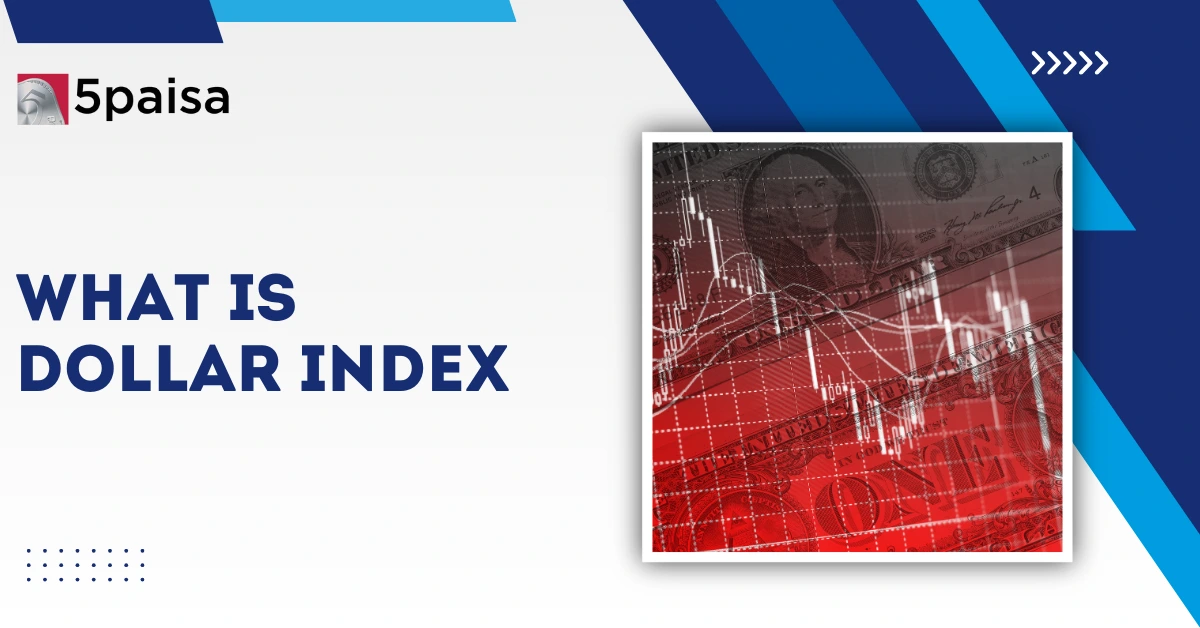Content
- What is the US Dollar Index (USDX)?
- How does the US Dollar Index Work?
- History of the US Dollar Index (USDX)
- Interpreting the US Dollar Index
- How to Trade the US Dollar Index?
- What affects the price of the US Dollar Index?
- How does the US Dollar Index Impact the Indian Rupee?
- Conclusion
If you are wondering about the strength of the US dollar, the Dollar Index (DXY) is a measure that gives us the answer by comparing it to a few of the world’s top currencies. It is important to know what the US Dollar Index is as it can influence global trade and a lot of other factors. In this article, let us understand what the Dollar Index is, how it works, and why it matters to you.
More Articles to Explore
- Difference between NSDL and CDSL
- Lowest brokerage charges in India for online trading
- How to find your demat account number using PAN card
- What are bonus shares and how do they work?
- How to transfer shares from one demat account to another?
- What is BO ID?
- Open demat account without a PAN card - a complete guide
- What are DP charges?
- What is DP ID in a demat account
- How to transfer money from demat account to bank account
Disclaimer: Investment in securities market are subject to market risks, read all the related documents carefully before investing. For detailed disclaimer please Click here.
Frequently Asked Questions
The USDX basket includes six major currencies: the euro (EUR), Japanese yen (JPY), British pound (GBP), Canadian dollar (CAD), Swedish krona (SEK), and Swiss franc (CHF), reflecting key global economic relationships.
The USDX uses a weighted geometric mean of exchange rates between the US dollar and six major currencies, each assigned specific weights to reflect their trade importance with the US
Investors can gain exposure through exchange-traded funds (ETFs), USDX futures contracts on ICE, or forex broker platforms offering USDX-linked products, depending on their investment goals and risk preferences.



